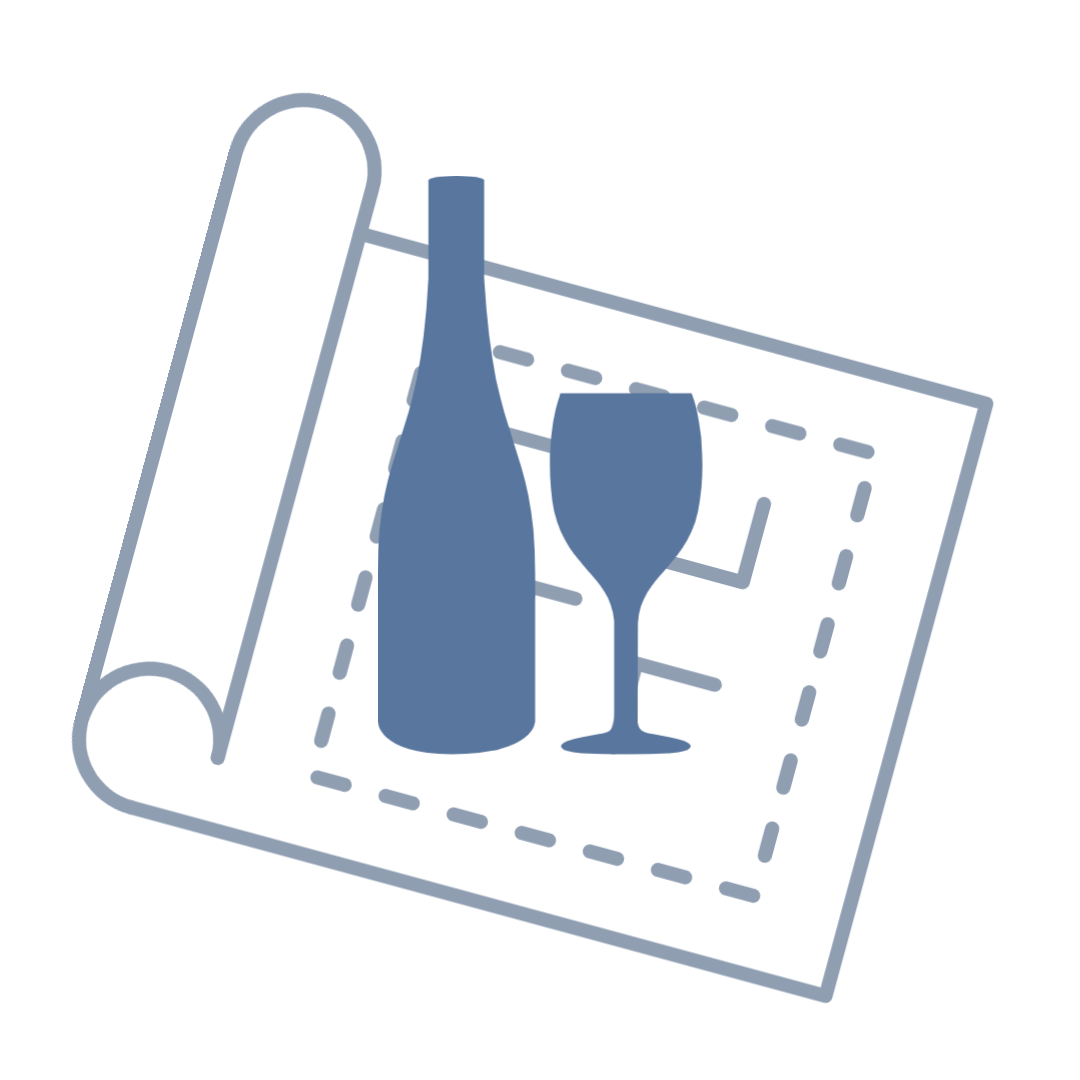Happy Friday,
I’d like to share with you a big concept with you.
Below, you’ll find what I call the three elements of wine (working title).
I stumbled upon this notion as a way to categorize wine learning while organizing the first draft of my book. It gave my primordial goop some structure, and I hope that you find it useful too.
I’d love to hear your thoughts, so reply and let me know what you like and don’t like about it.
What are the three elements of wine learning?
I think it’s helpful if you divide the wine learning into three elements.
- In the bottle
- On the bottle
- Around the bottle
In The Bottle
This is where our love begins. The sip that stirs something inside us to wonder, “How does this wine taste soooo good?”
The taste of the wine is largely influenced by decisions of people and mother nature. It’s the dance between the weather of a particular vintage and the choices made in the vineyard and in the winery.
It seems so simple. But as we dive down the rabbit hole, we quickly realize the complexity. For example, consider wine barrels for aging. In short order, you’re learning about their size, wood, and toast level.
On The Bottle
These are the facts and figures about a wine.
A wine label is like the back of baseball card. You get the vital statistics: vintage, producer, region, importer, alcohol content, etc. Much of what we see on the bottle is dictated by wine law.
The shape or design of the bottle are important too. Special Club Champagne, the glass color of German Riesling, and the embossed papal crown on a Châteauneuf-du-Pape are a few examples.
Also, this includes wine marketing and how label design impacts buyer behavior.
Around The Bottle
I’ve said it before, but this is the most under-represented element of wine learning. Opening a bottle of wine, proper storage, and ideal serving temperature are usually stuck in the appendix or footnotes of most wine books or classes.
Even food and wine pairing gets the short shrift.
That’s absolutely bananas because those components alone contribute so much to taste and experience with wine.
There’s also a bit of the woo-woo here. Things like where you are, who you’re with, the mood, the atmosphere, and the circumstances.
I have no doubt that many a great bottle of wine has “failed” someone because of the pressure of a perfect evening.
What to do with the three elements of wine learning?
In closing, you can simplify the elements like this:
- In the bottle = the stuff you taste
- On the bottle = the stuff you read
- Around the bottle = the stuff you feel
Picturing wine learning in this way will allow you to realize your blind spots, because we’re all best in one element.
Take the “wine experts” in shows like Uncorked TV Series or the original Somm documentary and people featured in Bianca Bosker’s book Cork Dork (all great watches/reads). No matter where you look, there’s the incredible tasters, the unflappable servers, and the bookworm geeks. Few have it all, but the best rely on their strengths and work hard to improve their weaknesses.
If your goal is to be well-versed in wine, then it’s important you’re familiar with the ins, ons and arounds of it.
Ready to commit to wine learning?
Increase your wine confidence one weekly newsletter at a time.
New issue comes out every Friday
Unsubscribe at any time.
